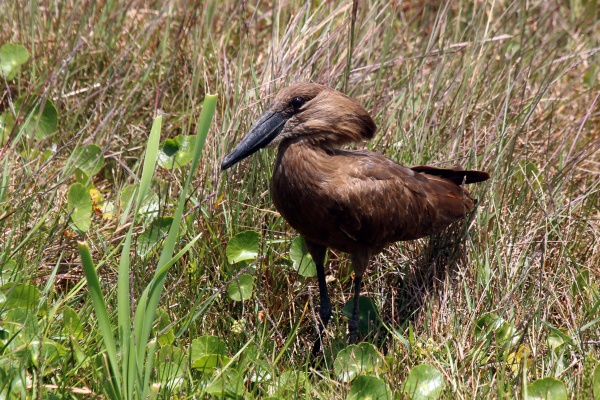Facts About Hamerkop
The hamerkop is a captivating medium-sized wading bird, distinguished as the sole living species within its genus, Scopus, and family, Scopidae. Initially believed to belong to the order Ciconiiformes, it is now classified under Pelecaniformes, making it closely related to pelicans and the shoebill. The bird derives its name from its distinctive head shape, which resembles a hammer, originating from the Afrikaans word for "hammerhead."
Exhibiting brown plumage, hamerkops are widespread across Africa, Madagascar, and Arabia, where they thrive in various wetland environments. They are renowned for their enormous nests and diverse diet, which includes fish, amphibians, insects, and rodents. Both male and female hamerkops share the responsibilities of incubating eggs and raising their chicks.
These birds are not currently at risk of extinction. According to the International Union for Conservation of Nature (IUCN), they are abundant in Africa and Madagascar and are classified as a species of least concern.
The hamerkop stands out taxonomically as the only extant member of its family, with one extinct species known from fossils. It is also known by several other names, such as hammerkopf, hammerhead stork, umbrette, and anvilhead. There are two recognized subspecies, differing in size and coloration.
Physically, the hamerkop is easily identifiable by its long, thin bill and partially webbed feet. It typically inhabits wetland areas, where it forages in shallow waters. These birds are social and communicate through various vocalizations. They are also famous for their elaborate nests, which they often reuse.
Culturally, the hamerkop holds significant symbolic value. In some regions, it is associated with lightning, death, and witchcraft. For instance, harming a hamerkop is believed to bring bad luck or illness. The bird's unique presence has even inspired names for databases and journals, underscoring its cultural and historical importance.

 Ghana
Ghana